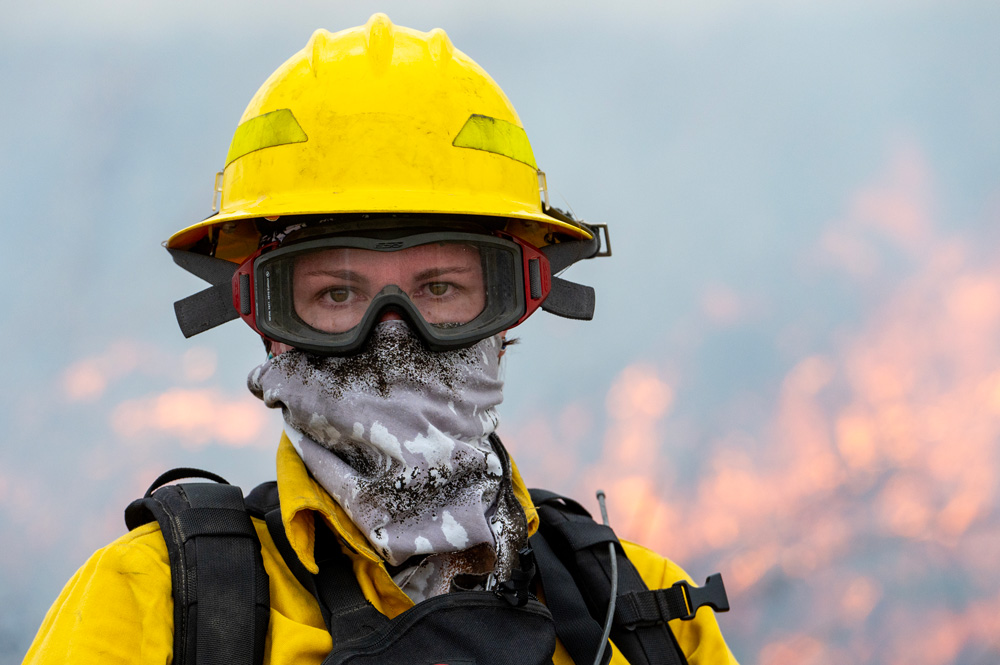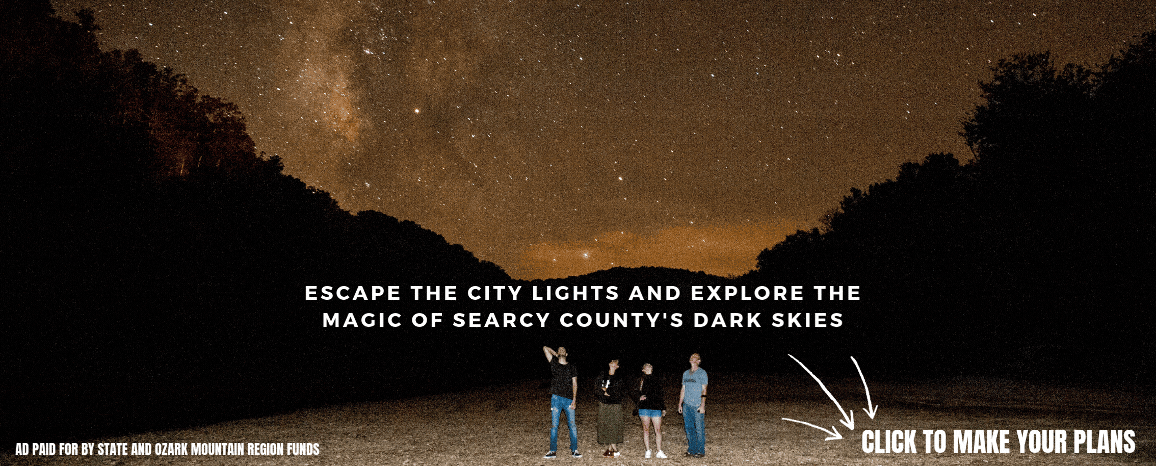The Ouachita and Ozark-St. Francis National Forests are planning to conduct prescribed burns in Arkansas and Oklahoma in the coming months. These burns will only be carried out when the conditions are favorable for natural resource management objectives and pose minimal impact on the public.
Land managers use prescribed fire to promote natural ecological processes. Also known as controlled fires, these fires are intended to meet several objectives. “The primary goal of prescribed burns is to reduce the potential for large, costly, catastrophic wildfires,” said Joshua Graham, Ouachita and Ozark-St. Francis National Forests’ Fire and Aviation Staff Officer. “Other important objectives include increasing food and cover for wildlife, increasing plant germination, or reducing fuels, such as leaf litter, woody debris, brush, and small trees. Fire is a critical ecological process for our forests; without it, many populations of native plants and animals could decline. Areas are continually monitored after completed burns to evaluate the response of vegetation and wildlife to prescribed burning.”
Controlled burning is a planned and calculated activity that is conducted under specific weather conditions by trained personnel. It can take anywhere from three to twelve months from the planning stage to the start of the prescribed burn. During this time, land managers need to consider various variables and collect data to compile a report listing the necessary requisites. This report is commonly known as a burn plan or prescription. Once all the data is analyzed, a finalized burn plan is prepared, which specifies the required conditions for the prescribed burn to take place. The times when all the required conditions are met are called burn windows. These burn windows vary across the country but typically occur in the spring, fall, and winter months due to wetter conditions. Burn windows can close quickly due to weather conditions. In Arkansas and Oklahoma, fire managers usually have two seasonal windows to conduct prescribed burns: the dormant season (in winter) and the growing season (beginning mid-March).

Before a prescribed fire can be ignited, several important factors must be taken into consideration. The day chosen must have appropriate humidity, wind speed and direction, temperature, fuel moisture, and atmospheric conditions. If any of these factors do not meet the requirements, the prescribed burn will be postponed until all the conditions are met. “Our policy states we must be within the prescription to conduct a prescribed burn,” said Graham. “This means all environmental, weather conditions, and projected fire behavior models must align with what is in the plan.”
According to Graham, wind speed and direction are among the most important factors considered on burn day because wind direction determines where the fire could spread and where smoke could go. “Unlike wildfire, when we conduct a prescribed burn, we must adhere to air quality standards set by the Environmental Protection Agency, which means we must plan for smoke,” said Graham. “Depending on the proximity to the national forest lands, there could be times that communities will be impacted for a short time during the late afternoon and evening hours while the smoke settles near the surface. Fire managers work to minimize this impact by limiting late ignition times.”
Conducting a prescribed burn involves some level of risk. The burn plan is carefully designed to minimize the possibility of a fire escaping and to reduce the impact of smoke on nearby communities. However, in the event that a prescribed burn does escape, the burn plan outlines the necessary measures to be taken. These measures may include ordering additional firefighting resources that have been pre-identified and are on standby, ready to respond to an emergency situation.

Prescribed burn notifications are posted on the Facebook pages for the two national forests in Arkansas and Oklahoma: US Forest Service – Ouachita National Forest or US Forest Service – Ozark-St. Francis National Forests. Prescribed fire information can also be found at www.fs.usda.gov/osfnf or www.fs.usda.gov/ouachita.
The Southern Region Prescribed Burn Tracker is another useful public-facing reference tool. This interactive map depicts planned, ongoing, and completed fire operations across lands managed by the Southern Region of the US Forest Service. It is updated daily as prescribed burns take place. It is linked on the Fire Information page of each national forest’s website or can be located at https://usfs.maps.arcgis.com/apps/webappviewer/index.html?id=b196b5958480421fa7b5ee2a6ce91d31.
To learn more about the science behind prescribed fire in the ecology and management of oak forests, view the Forest Service publication Fire in Eastern Oak Forests—A Primer: https://www.fs.usda.gov/nrs/pubs/inf/nrs_inf_39_22.pdf.
(All photos courtesy of Arkansas Department of Parks, Heritage and Tourism)






